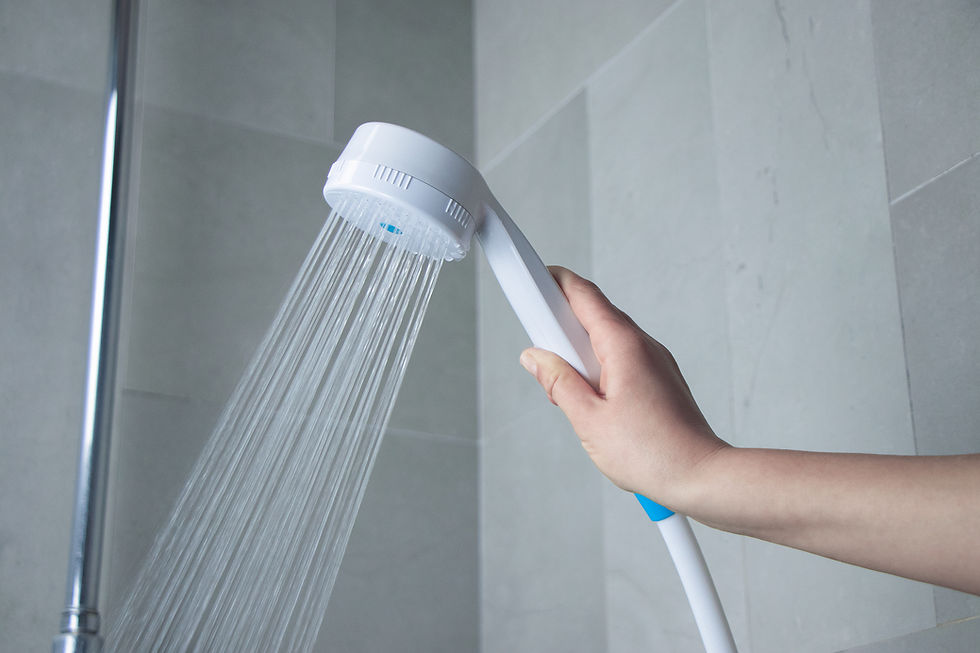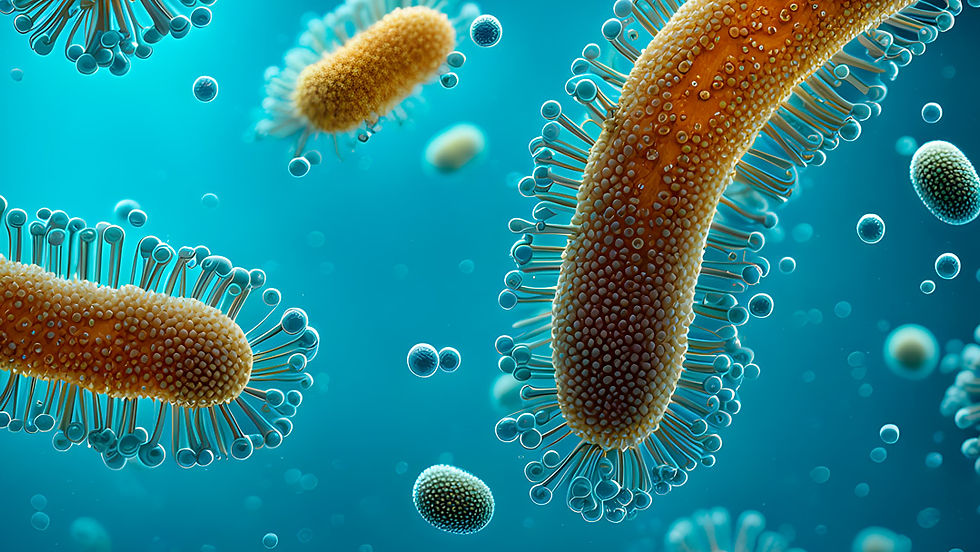Why Legionella Flushing of Taps & Showers is Important in Managing Legionnaires’ Disease
- Legionella Control International
- May 22, 2019
- 3 min read
Updated: May 15, 2020
Article taken from Legionella Control International website.
Address: https://legionellacontrol.com/guidance/legionella-flushing-taps-showers-legionnaires/
If you own or manage a building in the UK that has a water system of any kind, under current health and safety law you will need to identify the potential risks the system can cause from contamination by Legionella bacteria and the potential for Legionnaires’ disease.
The starting point in any safety evaluation of this kind should be a legionella risk assessment, although there are other things you can do to help minimise the risks, including regular flushing.
What’s involved in a risk assessment?
Legionella flushing of little used taps and showers
One key point to note is that legionella bacteria will multiply far more readily in stagnant water, i.e. water that is not moving. This is where flushing comes in. There may be parts of the water system that are not regularly used. For example, in a hotel during the off season, there could be rooms that are often empty. In this situation, a plan should be put in place to ensure these little-used taps, showers, other water outlets, and sections of the water system are thoroughly flushed through on a regular basis. This should be done at least once a week to ensure that stagnant water conditions are avoided and to minimise the possible build-up of bacteria.
Learn more about Legionnaires’ disease here
Empty buildings can increase legionella risks
It is also worth noting that flushing might be required in circumstances where the usual risk of legionella is low. For instance, in a residential property that is rented out to tenants, there may be very little risk of the bacteria being able to spread. However, if that property is left without a tenant present for several weeks or months, the water in the system will not be flushed through because of a lack of use. In this case, the landlord should make sure that flushing takes place weekly to ensure the system is well-maintained and safe for the next tenant to use.
Legionella testing pre and post flush
Another point worth being aware of is the need to properly label all legionella water samples you take from any point of the water system you are responsible for. If legionella is present in the system (which it is more than likely to be, even at very low and manageable levels), it will often show at different concentrations depending on whether the sample was taken before (pre-flush) or after flushing (post-flush). So, whenever you take a sample, be sure it is labelled as such, so you know when it was taken and from where. Of course, the testing of water samples for legionella bacteria may not always be required; it will depend on the results of the risk assessment for each individual water system and a number of other site-specific risk factors that are outlined by the Health & Safety Executive in their legionella code of practice and guidance documents.
The benefits of regular flushing

Regular flushing of water outlets is therefore an important part of managing the legionella bacteria within a water system, and helping to keep it at safe levels. It may not always be needed, but when it is, it could make the difference between managing the bacteria levels or allowing them to multiply out of control and increasing the risk levels.


Comments